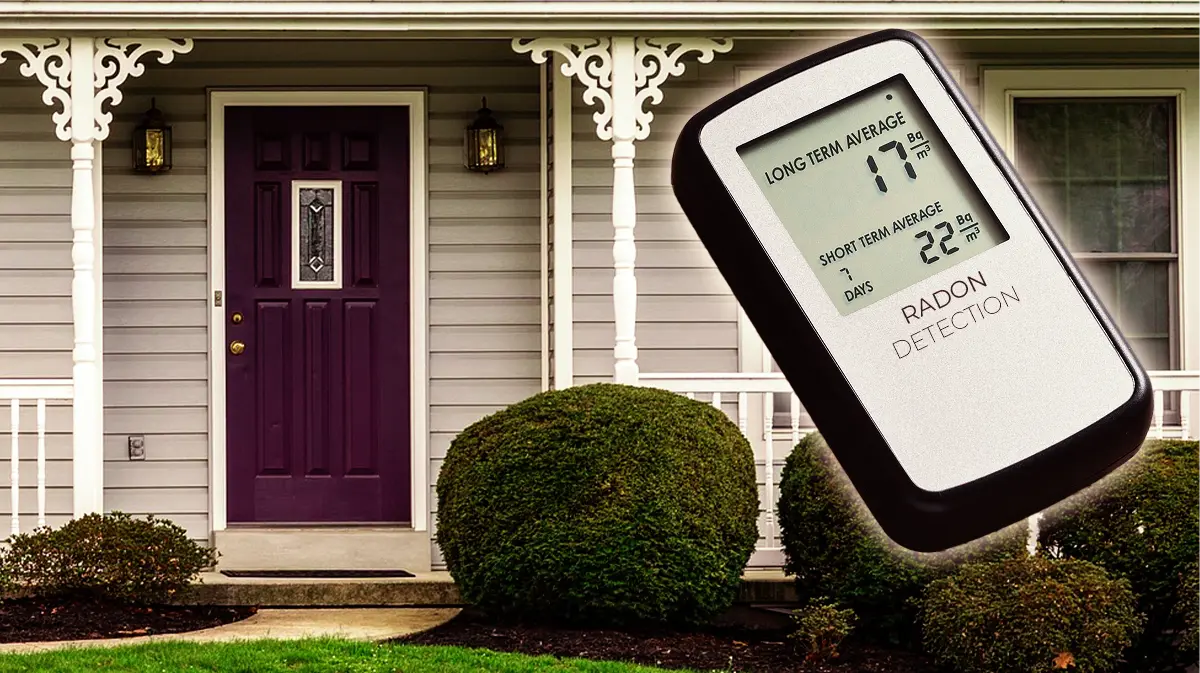Understanding Radon
Radon is a naturally occurring, radioactive gas that results from the breakdown of uranium in the soil. You can’t see it, you can’t smell it, and it can seep into homes through cracks and openings in the foundation. In Maryland, the diverse geology, which includes both rocky and clay-rich soils, can contribute to elevated radon levels. The Maryland Department of Health emphasizes the importance of testing, as radon exposure is the second leading cause of lung cancer in the United States. So let’s discuss a little radon awareness and prevention.
Why Maryland Homes Are at Risk
Maryland’s varied topography and soil composition make certain areas more susceptible to radon infiltration. For example, homes built on granite bedrock or clay-heavy soils are more likely to experience higher radon levels. According to Maryland’s Department of Health, approximately one in 15 homes in the U.S. has elevated radon levels, and Maryland is no exception. The state’s humid climate can exacerbate radon issues as homes act like vacuums, drawing in gasses from the soil through lower air pressure indoors compared to outdoors.
Steps to Protect Your Home
- Test Your Home: Maryland residents are encouraged to test their homes for radon. The state provides resources and recommends testing in the cooler months when homes are sealed tightly, increasing the likelihood of detecting radon.
We can’t stress this enough! Get tested, it can’t hurt. - Mitigation: If elevated levels are found, it’s crucial to take steps to mitigate the risk. Radon mitigation systems can reduce radon levels by up to 99%. These systems work by venting radon gas outside before it enters the living spaces.
- Epoxy Floor Coatings: Sealing floors with epoxy coatings can be part of a broader strategy to reduce radon infiltration. Epoxy coatings provide an extra layer of protection by sealing cracks and pores in the concrete, preventing radon and moisture from seeping into the home.
Radon Awareness and Prevention: Maryland’s Unique Considerations
Maryland’s mix of urban and rural areas, coupled with its humid climate, requires a tailored approach to radon mitigation. The state’s older homes, which may have aging foundations, are particularly vulnerable. It’s also worth noting that radon levels can vary significantly even between neighboring homes due to differences in construction, ventilation, and the underlying geology.
For Maryland homeowners, radon awareness and prevention is critical to ensuring a safe living environment. Regular testing, professional mitigation, and protective measures like epoxy floor coatings can make a significant difference. If you’re in Maryland, don’t wait—take action to protect your home from the silent dangers of radon.
Contact us today to learn how our professional epoxy floor coatings can contribute to a safer, healthier home.
This approach integrates Maryland-specific details about radon and its risks, referencing the state’s emphasis on testing and mitigation as highlighted in the provided document.



